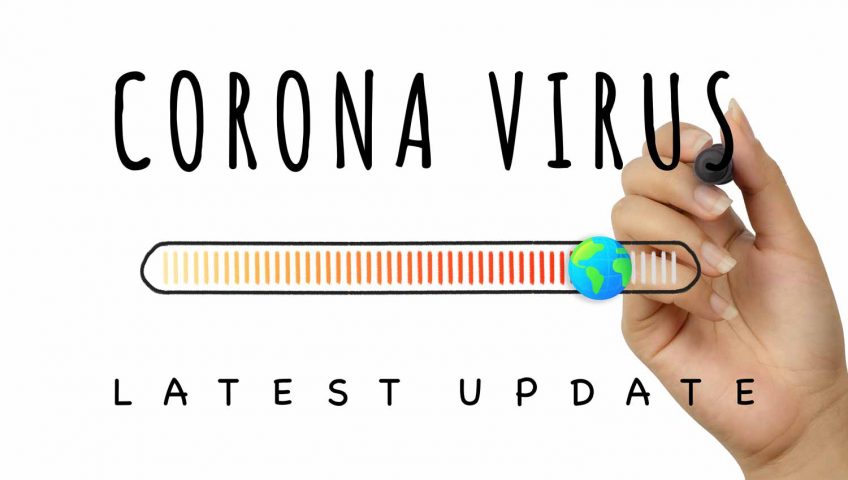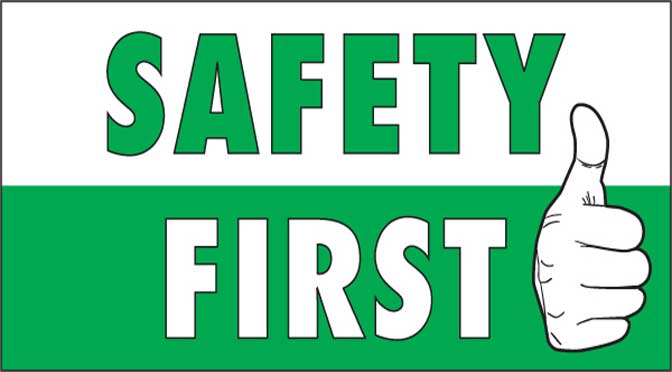Given the recent developments we wanted to update all our valued customers and friends about what we are doing at Precision. We want to reassure everyone that Precision Concrete Cutting and Coring, as a legally defined essential business, will continue to remain fully open for business and looks forward to assisting you with anything that you may need whether now or in the future. We will continue to provide our normal high-quality service and service levels throughout this entire period of time, however long it may last. We also feel that, regardless of any additional challenges we might face, it is important that we commit to keeping our same competitive billing rates so that together we can keep our community working.
We also wanted to take a moment to discuss the very aggressive protocols Precision has implemented to minimize any exposure for both our customers and employees. In addition to strictly following all the recommended CDC and national disinfection protocols to minimize exposure, we have also implemented a rigorous and comprehensive employee monitoring program. This program will include, among several other steps, twice daily body temperature recording for each employee before they can be sent to a job site. Each employee’s temperature will be analyzed via an advanced temporal artery scan, and the results will be logged and kept at our main office. Any employee that does not pass all aspects of our screening process will be sent home from work to recover. Furthermore, you may notice that, regardless of the nature of the job, all our field technicians are now suiting up in full uniform, long-sleeves, N-95 mask, goggles or eye protection, and full plastic face shield. I am happy to report that everyone at Precision remains safe and healthy.
It is my goal to reach out personally to as many of you as I can to see if there is anything else that the Precision team can be doing to assist you in any way. Once again, thank you again for being such a wonderful customer and friend, and please don’t hesitate to reach out to me or anyone else on the Precision team if we can be of any assistance in the days and weeks ahead.
Sincerely,
Mike




Recent Comments